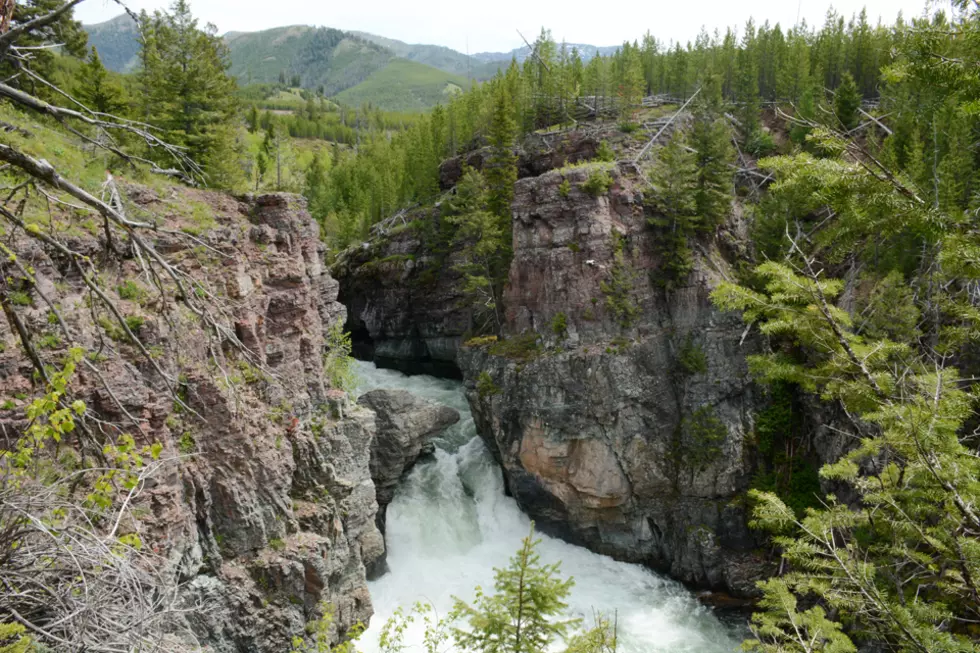
Opinion: Montana Wilderness hero Lee Metcalf would despise Tester’s Blackfoot bill
As a fifth-generation Montanan I vividly recall when true wilderness icons like Montana’s Senator Lee Metcalf successfully fought for the 1964 Wilderness Act and passed bills designating millions of acres as Wilderness Areas.
Then there’s Senator Tester’s S.1493, the Blackfoot-Clearwater Stewardship Act, that designates only 80,000 acres as wilderness while mandating “logging without laws” on national forests and designating thousands of acres for mechanized “wreckreation” in currently roadless public lands.
Despite the claims of its collaborator proponents, the bill actually fragments the Monture Creek Inventoried Roadless Area – which includes federally-designated Critical Habitat for lynx and bull trout. The area also provides secure habitat for grizzly bears, is a stronghold for native westslope cutthroat trout, and provides a secure elk migration corridor from the Scapegoat Wilderness to lower elevation winter range.
Yet Tester’s bill chops the Monture Creek roadless lands in half and designates more than 5,000 acres of these critical public lands as play areas for snowmobiles and mountain bikes.
Privatizes Management of Public Land
Tester’s bill also sets a horrible national precedent of “logging without laws” by exempting logging projects from thorough environmental analysis and full public participation as required by existing environmental laws.
Granting such drastic regulatory exemptions to the timber industry cedes the long term well-being of our national forests to short term corporate profits. It’s shocking, but Tester’s bill also mandates a ten-year schedule of logging projects up to 3,000 acres each that will be “categorically excluded” from the National Environmental Policy Act.
That means tens of thousands of acres of logging won’t be analyzed for project specific or cumulative environmental impacts, which inevitably occur. Nor will the public—who own these forests—have the opportunity to review, comment, or object to specific logging proposals.
Under the rubric of “stewardship,” the bill actually grants both logging and mechanized “wreckreation” interests the right to construct roads and trails within sensitive wildlife areas.
It Can – and May – Get Worse
Montana’s Republican Senator Steve Daines says he will only support S.1493 if it is paired with his new bill opening a stunning 300,000 acres of congressionally-designated Wilderness Study Areas to development – almost four times the amount of wilderness Tester’s bill would designate.
Think this would never happen? As part of the collaborative “deal” to pass the Rocky Mountain Front Heritage Act in 2014, Tester and Senator Baucus opened 208,000 acres of roadless lands to logging, road building, and permanent livestock grazing without environmental review, and supported removing 29,000 acres of existing Wilderness Study Areas. That “deal” set the precedent Sen. Daines will duplicate to open even more wilderness quality lands to development.
There’s a Real “Stewardship” Alternative
The Blackfoot River is a national treasure, but under Tester’s bill, timber companies tell the Forest Service where they want to clearcut to their maximize profits. The result? The American public will be left with vast noxious weed-infested clearcuts and a spider web of logging roads eroding tons of sediment into the Blackfoot’s headwater spawning streams.
Is there a sensible alternative? Yes, there is. The Northern Rockies Ecosystem Protection Act (NREPA) has already been introduced in Congress as H.R.1755 (House) and S.1276 (Senate). The measure designates all of our dwindling Northern Rockies roadless areas as Wilderness Areas, protecting far more of the Blackfoot’s watershed than Tester’s bill.
NREPA actually maintains intact national forests for future generations as well as the threatened species whose survival requires functioning forest ecosystems. Were Lee Metcalf still alive, he’d tell you it’s far more prudent policy than Tester’s bill, which turns our public lands over to timber corporations and intrusive mechanical “wreckreation.”
Mike Garrity is the Executive Director of the Alliance for the Wild Rockies. A longer version of this column first ran in The Hill.
